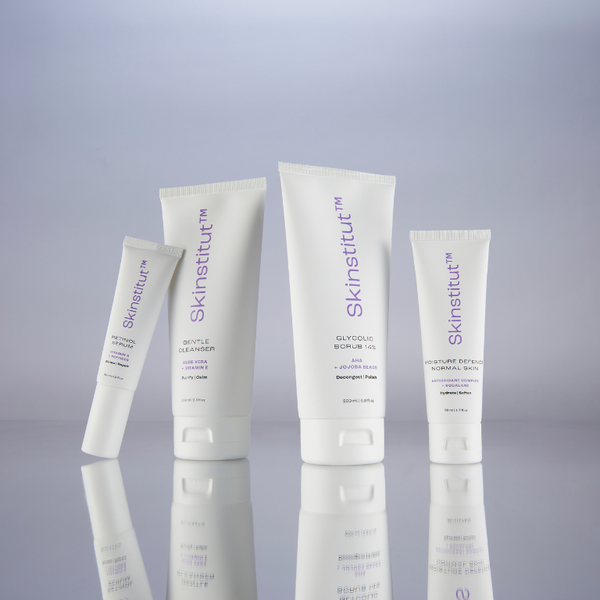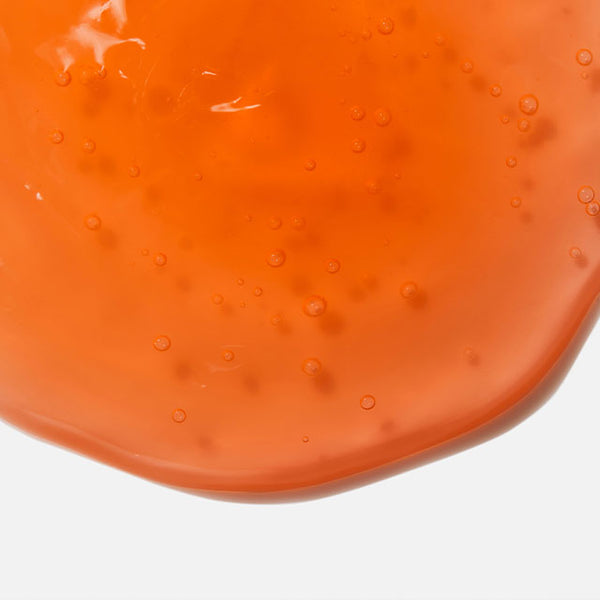BEST-SELLERS

SKINCARE QUIZ
SKINCARE QUIZ
Receive personalised product recommendations for your specific needs and skin goals.
TAKE THE QUIZ
REAL.SKIN.HEROES.
REAL.SKIN.HEROES.
Our edit of hard-working bestsellers that form the basis of every regime.
SHOP NOW




















